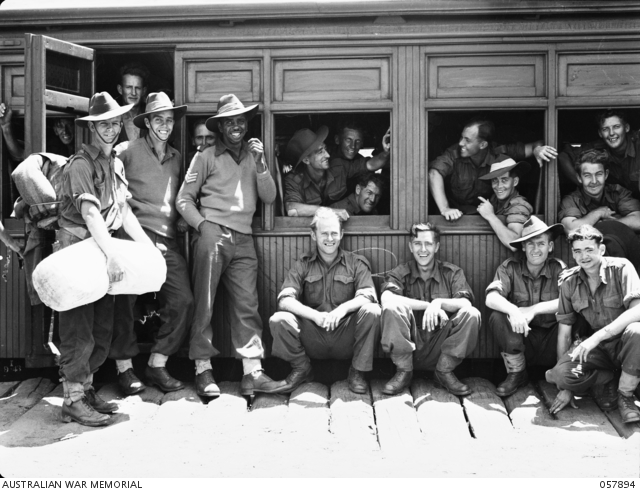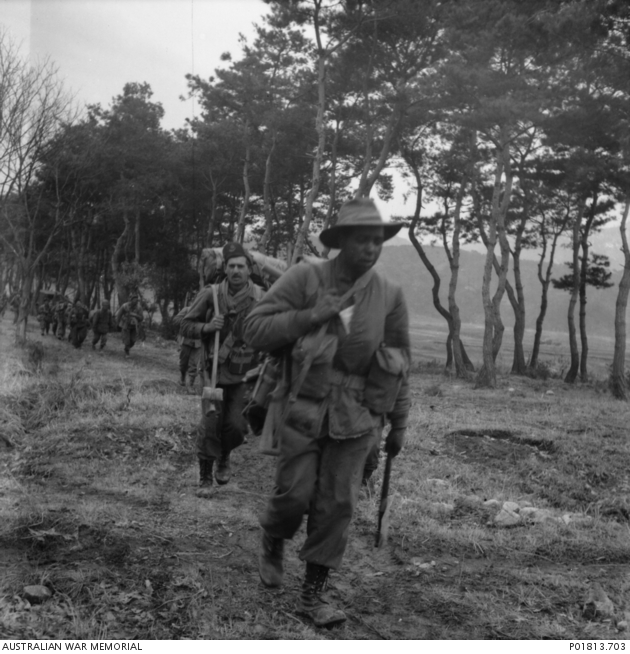Fifty Australians - Reg Saunders
The first Australian Aboriginal commissioned in the Australian army. A battle-hardened soldier, Saunders rose from the ranks in the Second World War and later served in Korea.
Reginald Walter Saunders, MBE (1920–1990)
Reg Saunders’s father fought in the First World War, as did his uncle, Reg Rawlings, who was awarded the Military Medal and later killed in action. Following in this military tradition, Reg and his brother Harry enlisted for service in the Second World War; Harry was later killed in New Guinea.
Saunders proved to be a natural soldier, and he found less discrimination in the army than in the wider community; he became a popular NCO in the 2/7th Battalion. The unit saw action in North Africa before joining the Greek campaign. When the British evacuated Crete in May 1941, Saunders was one of many men left behind. He spent an adventurous year hiding out, aided by the locals, before he was finally evacuated by sea. After he returned to Australia he rejoined his battalion and served in New Guinea. In late 1944 he attended an officer training unit, was commissioned lieutenant, and went back to the 2/7th.
The Korean War provided further opportunity for soldiering. Saunders led a company – C Company, 3rd Battalion, Royal Australian Regiment – through fierce fighting, including the battle at Kapyong in April 1951. He remained in the army for a year after the war; however, his life was becoming unsettled, and he had difficulty re-establishing himself as a civilian. Tough years followed, but he overcame them. Meanwhile he found he was increasingly expected to be a spokesperson for indigenous Australians.
In 1969 Reg Saunders was selected to be among the first Aboriginal Liaison Officers for the Office of Aboriginal Affairs, which became the Department of Aboriginal Affairs. Devoted to those he had served with, he was a man of dignity and good humour who remained committed to the advancement of his people.
Lieutenants Saunders and “Diver” Derrick graduated from an Officer Cadet Training Unit in November 1944.
Souvenir pennant Pennant of the 2/7th Battalion AIF that belonged to Reg Saunders; it bears badges collected during his service in the Second World War and Korea.
- Home
- Previous: Bull Ryrie
- Next: Dave Shannon




